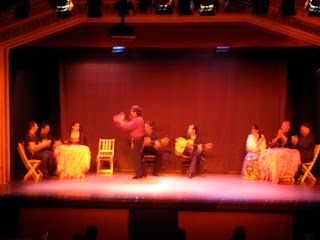29 November 2010
Wikileaks are a series of documents from February 2010 that were leaked to at least 5 different European newspapers. The documents contain 251,287 messages that pose a serious risk to many people across the world, but almost more importantly, represent a horribly massive potential for danger if something like this happens again. Lots of the documents have been attempted to be kept secret by the media in order to protect public safety. While the media is trying to keep everything quiet, the White House has made it known that they will be doing a major investigation to try to understand how this catastrophe was possible. They will definitely need to rethink their routine systems of communication to further ensure safety from here on out. The U.S. attorney general, Eric Holder, has reported that its department has opened an investigation by the massive filtration of diplomatic documents on the Wikileaks Internet page. Holder has stated that the Government condemns the spread of these documents. He added on that Wikileaks are dangerous not only to certain individuals, but in a bigger picture, to the nation’s foreign relations with all other countries in the world. This was a scary encounter not only to America, but to every country in the world, who can all see the potential for disaster that could come of the leaking of these political documents anywhere in the world. While America is taking the blow right now, nobody is to say that something like this won’t happen again, in another place, on an even more disastrous scale.
Wikileaks are a series of documents from February 2010 that were leaked to at least 5 different European newspapers. The documents contain 251,287 messages that pose a serious risk to many people across the world, but almost more importantly, represent a horribly massive potential for danger if something like this happens again. Lots of the documents have been attempted to be kept secret by the media in order to protect public safety. While the media is trying to keep everything quiet, the White House has made it known that they will be doing a major investigation to try to understand how this catastrophe was possible. They will definitely need to rethink their routine systems of communication to further ensure safety from here on out. The U.S. attorney general, Eric Holder, has reported that its department has opened an investigation by the massive filtration of diplomatic documents on the Wikileaks Internet page. Holder has stated that the Government condemns the spread of these documents. He added on that Wikileaks are dangerous not only to certain individuals, but in a bigger picture, to the nation’s foreign relations with all other countries in the world. This was a scary encounter not only to America, but to every country in the world, who can all see the potential for disaster that could come of the leaking of these political documents anywhere in the world. While America is taking the blow right now, nobody is to say that something like this won’t happen again, in another place, on an even more disastrous scale.



































